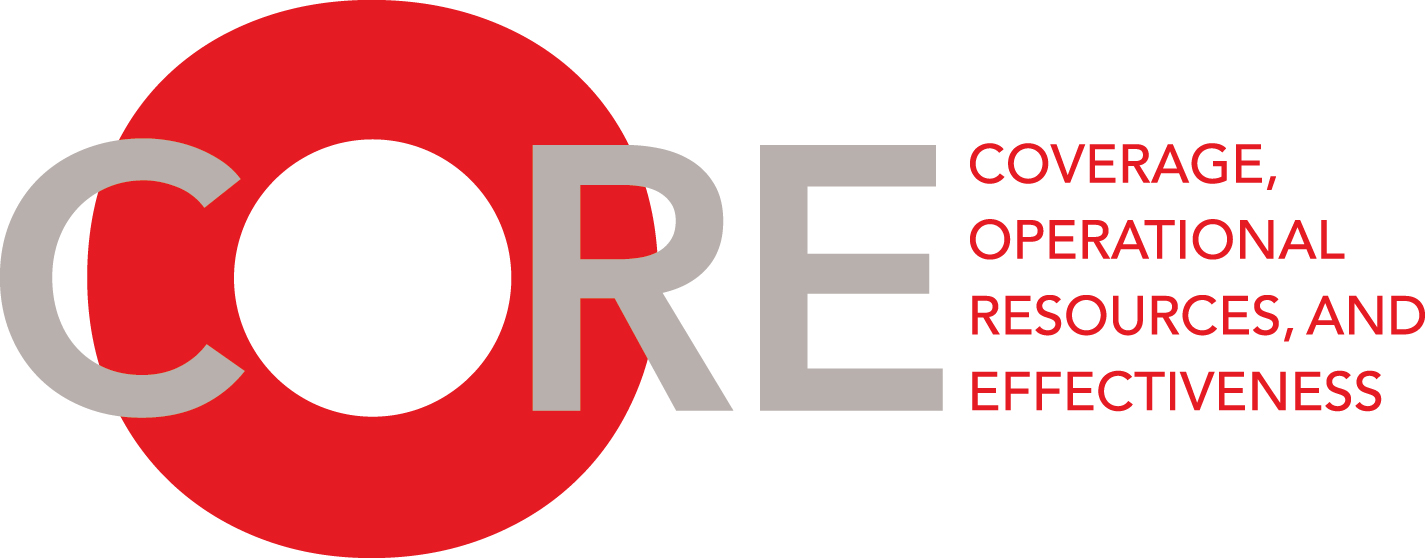Yemen

Summary
An internationalised civil war has raged in one of the world’s poorest countries for over seven years, triggering economic collapse, widespread population displacement, and famine. All parties to the conflict in Yemen have violated international humanitarian law and the human rights of civilians, an estimated 20.7 million of whom (67% of the population) are in need of aid.1 Yemen is the world’s largest coordinated humanitarian response to date, but aid actors’ operations are hamstrung by political restrictions on their movements and in their ability to gather necessary information on which to base an effective aid response. Especially in the north, where authorities have blocked needs assessments and surveys and limited the ability of aid agencies to travel, the humanitarian sector is in the dark about whether aid is being provided effectively, if it is reaching the people who most need it, and the extent of diversion and manipulation that is taking place.
The SCORE survey of affected people in Yemen, conducted in December 2021, suggests that humanitarians’ worries are justified. Respondents painted a picture of political interference and sparse coverage of needs:
- 84% of respondents needed assistance in the past year while only 26% had received any
- a third of respondents blamed diversion by local authorities as the principal obstacle to aid reaching them, with the second largest portion (18%) reporting that aid was distributed too far away
- most respondents reported no change in the reach of humanitarian aid over the past year
- most who received aid said it was in the form of food, and a much smaller number received cash assistance—other sectors of assistance were far less in evidence
- UN agencies were the most visible aid actors, specifically World Food Programme (WFP) and UNICEF
- national NGOs cited as being the most present and effective were the Social Fund for Development (SFD), followed by Benevolence Coalition for Humanitarian Relief (BCHR) and the Yemeni Red Crescent. The most cited international NGO was CARE International.
Aid agencies in Yemen face the classic humanitarian conundrum: whether to forcefully advocate for humanitarian principles against political interference, thereby risking further reprisals or expulsion, or to put up with whatever is necessary to maintain some level of access to people in need. The creeping rise of political interference over time seems to have prevented humanitarians from effectively coordinating to establish and adhere to common red lines. Aid agencies (UN agencies in particular) have also undermined their own access and negotiation ability with an extremely restrictive approach to security management, resulting in staff being confined to compounds and unable see the aid response on the ground. Recently there has been more concerted action on access between agencies and donor governments, and efforts to adjust security management systems to enable staff to move out from compounds. Stronger and better coordinated negotiation with authorities is still urgently required to achieve greater operational independence.
Download the full report to read more.
